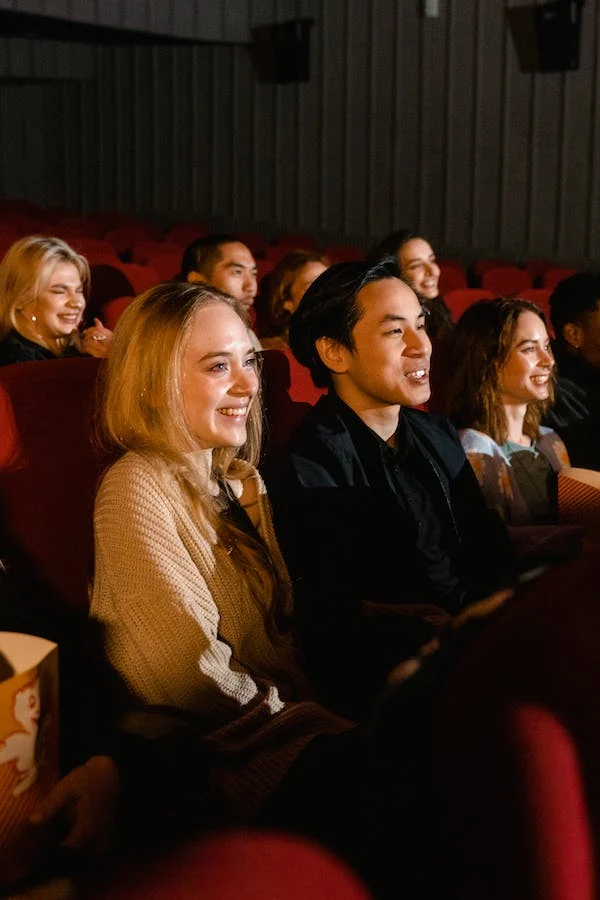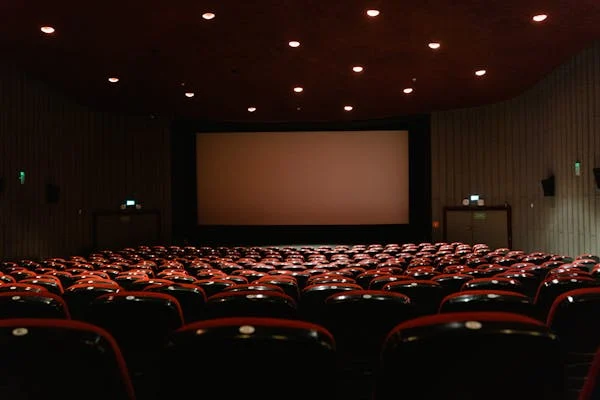Introduction:
In recent years, there has been a growing awareness and demand for diversity and representation in all facets of society, including the world of cinema. From casting decisions to storytelling perspectives, audiences are calling for greater inclusivity and representation of diverse voices and experiences on the silver screen. In this exploration, we delve into the vital role that diversity and representation play in modern cinema and the impact they have on both audiences and the industry as a whole.
Reflecting the Real World:
Cinema has the power to reflect the rich tapestry of human experiences and perspectives, and diversity and representation are essential for accurately portraying the world we live in. By featuring characters from diverse backgrounds, cultures, and identities, filmmakers can create more authentic and relatable stories that resonate with audiences of all backgrounds. Whether it’s showcasing LGBTQ+ characters, people of color, or individuals with disabilities, representation in cinema helps to validate and celebrate the diverse experiences of humanity.
Empowering Underrepresented Voices:
One of the most significant benefits of diversity and representation in cinema is the opportunity to amplify the voices of underrepresented communities. By providing a platform for filmmakers and storytellers from diverse backgrounds, cinema can challenge stereotypes, break down barriers, and empower marginalized groups to share their stories with the world. This not only enriches the cinematic landscape but also fosters greater empathy, understanding, and connection among audiences.

Expanding Horizons:
Exposure to diverse perspectives and experiences through cinema has the power to broaden our horizons and challenge our preconceived notions. By immersing ourselves in stories that reflect the lives of people different from ourselves, we gain insight into unfamiliar cultures, traditions, and lived experiences. This fosters empathy, promotes cross-cultural understanding, and encourages dialogue about important social issues such as racism, sexism, and discrimination.
Creating Opportunities for Talent:
Diversity and representation in cinema also create opportunities for talented actors, filmmakers, and creatives from underrepresented backgrounds to showcase their skills and make their mark on the industry. By breaking down barriers and challenging traditional norms, diverse representation opens doors for individuals who may have previously been marginalized or overlooked. This not only enriches the talent pool but also leads to more dynamic and innovative storytelling.
Driving Social Change:
Perhaps most importantly, diversity and representation in cinema have the power to drive meaningful social change and contribute to a more inclusive and equitable society. By shining a spotlight on underrepresented voices and experiences, cinema can inspire audiences to challenge injustice, confront bias, and advocate for positive social change. Through the power of storytelling, cinema has the ability to shape attitudes, influence perceptions, and ignite conversations about important issues facing our world.
Conclusion:
Diversity and representation are not just buzzwords—they are essential pillars of modern cinema that enrich storytelling, empower underrepresented voices, and drive positive social change. As audiences continue to demand greater inclusivity and authenticity in the stories we see on screen, filmmakers and industry leaders must rise to the challenge of creating a more diverse and representative cinematic landscape. By embracing diversity and amplifying underrepresented voices, cinema has the power to inspire, educate, and unite audiences around the world.

